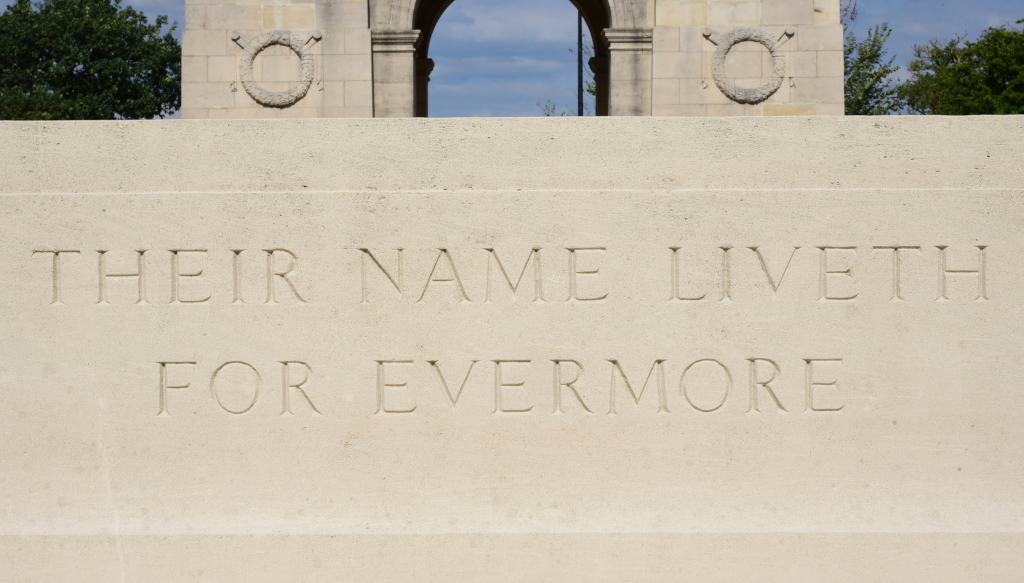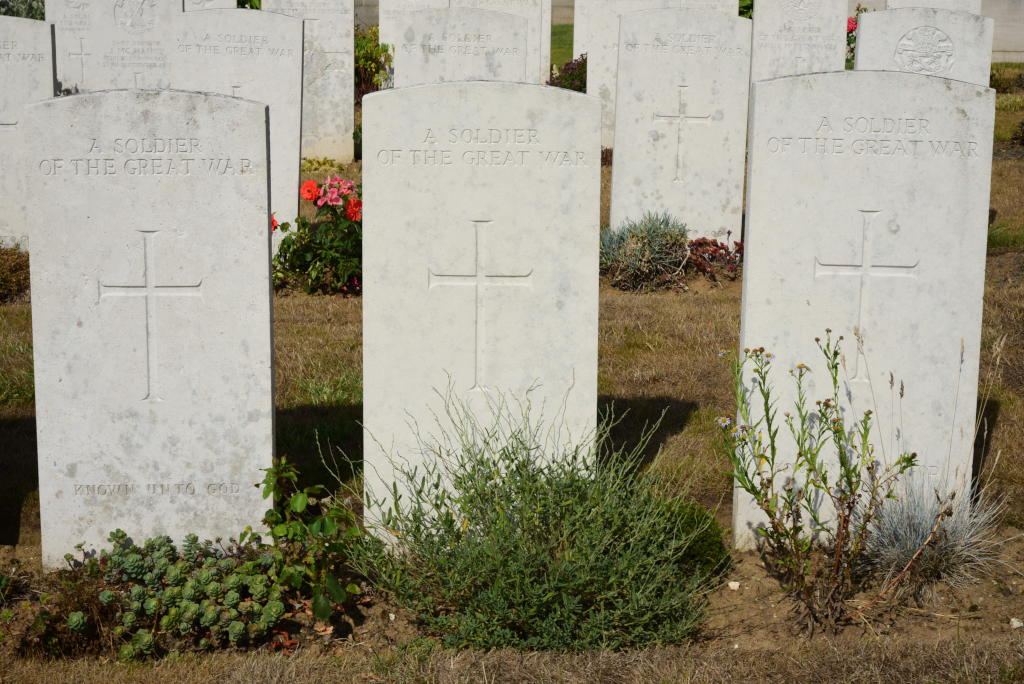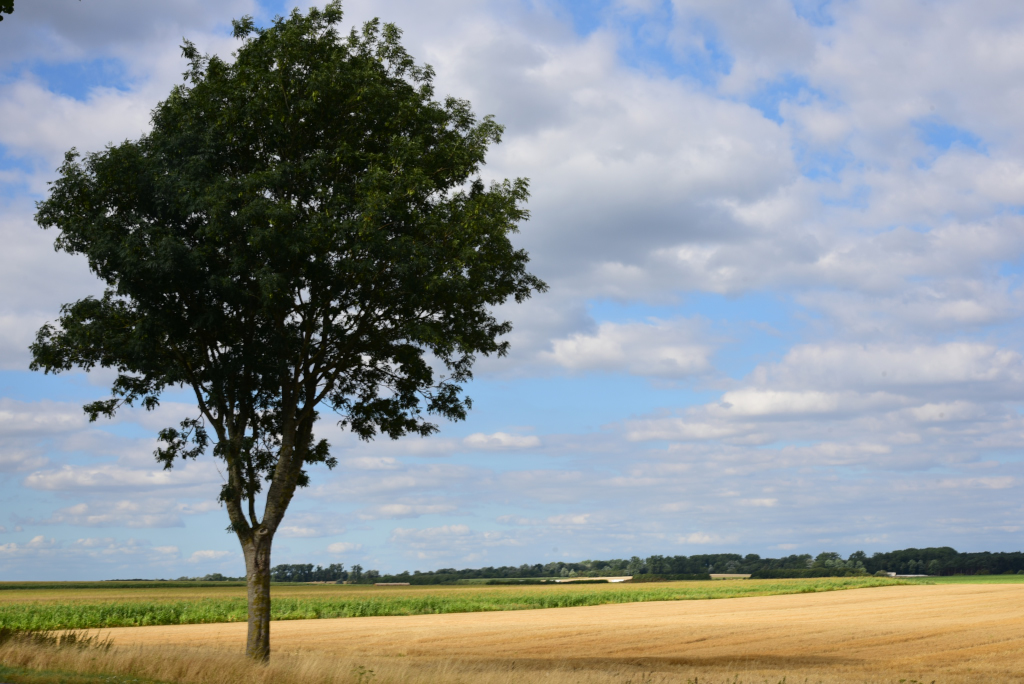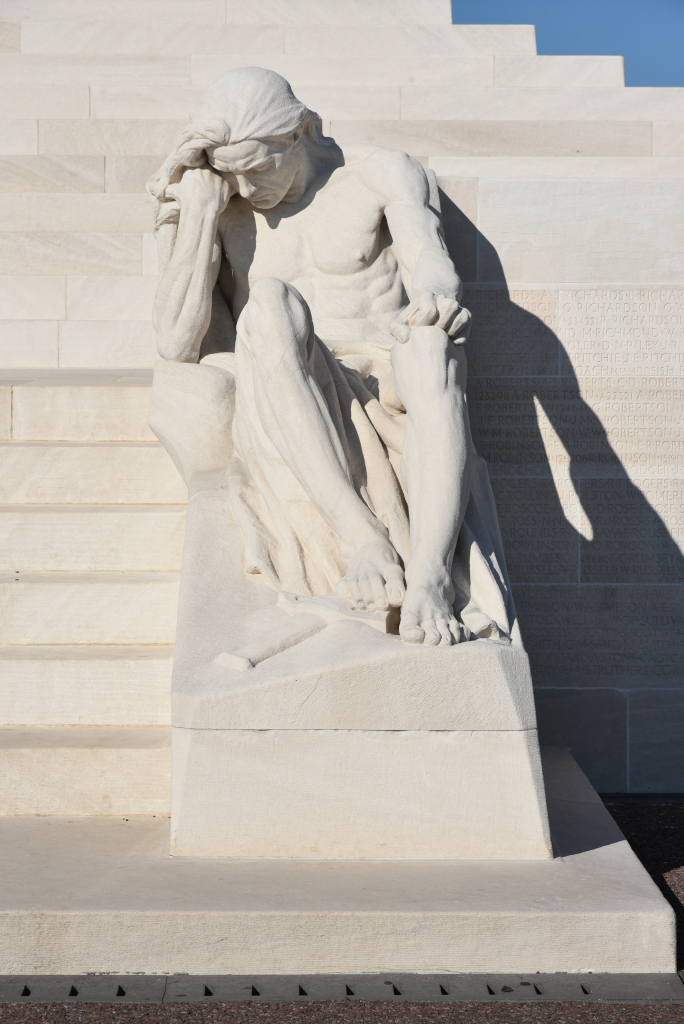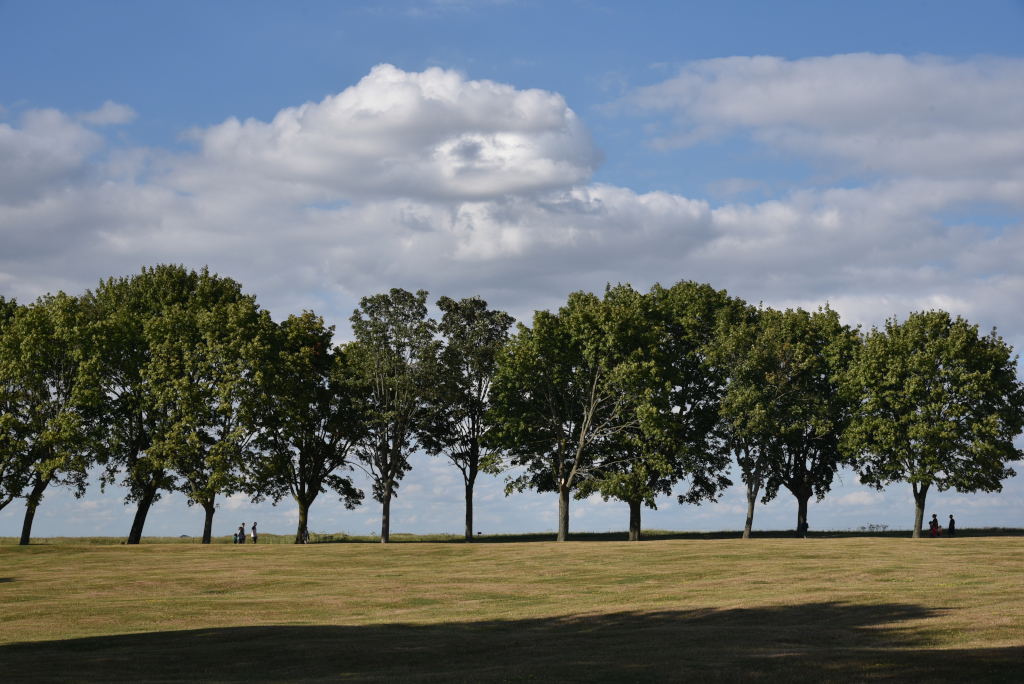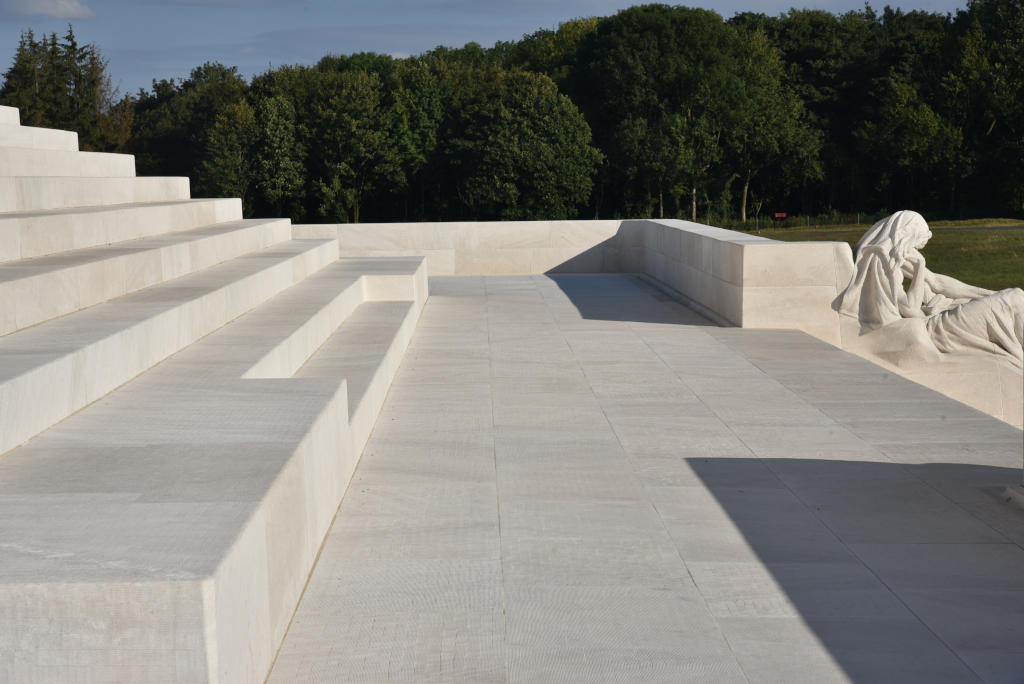August 8, 2018
The Lens museum site was chosen as Louvre branch in hopes of reversing the fortunes of the depressed Lens mining community, devastated by both World Wars and the Nazi occupation, never mind having suffered multiple mining catastrophes. The complex housing Lens Louvre is the product of a worldwide design contest that was won by Japanese architectural firm SANAA in collaboration with New York firm Imrey Culbert, French landscape architect Catherine Mosbach, and museographer Studio Adrien Gardère.

Lens Louvre – Fragments of the temple decoration of Inshushinak, protective god of Susa (ca. 1150 B.C.)
The Gallery of Time is the veritable heart of the Louvre-Lens. The exhibition inhabits a continuous open space covering 3,000 square metres, home to 200 masterpieces loaned by the Musée du Louvre. The chronological display extends from the 4th millennium BC to the mid 19th century and offers an original journey through the history of art and humanity. Intermixing periods, techniques and civilizations, it enables visitors to see and rediscover the Louvre’s collections in a new way.

Lens Louvre – Sarcophagus illustrating musical contest between Apollo and the satyr Marsyas (ca. A.D. 290-300)
Notre Dame de Lorette is the world’s largest French military cemetery, and also refers to the ridge, basilica, and French national cemetery northwest of Arras at the village of Ablain-Saint-Nazaire. The high point of the hump-backed ridge stands 165 metres high and – with Vimy Ridge – dominates the otherwise flat Douai plain and the town of Arras.
The ground was strategically important during the First World War and was bitterly contested in a series of long and bloody engagements between the opposing French and German armies. It was the focal point of the Battle of Arras (1–4 October 1914), the First Battle of Artois (17 December 1914 –13 January 1915), the Second Battle of Artois (9–15 May), and the Third Battle of Artois (25 September–15 October 1915). The Battles of Artois were as costly in French lives as the better-known Battle of Verdun.
Situated between two war cemeteries, one French and the other German, Cabaret-Rouge British Cemetery lies south of the town of Souchez in France. More than 7,650 British Empire servicemen were buried in the cemetery in the First World War. The cemetery was established near the site of a small café called Cabaret Rouge in the village of Souchez used by soldiers in the early days of the First World war. The cemetery contains the graves of many units that served in this sector including British, Canadian, Australian, New Zealand, Indian and South African forces.
The land becomes somewhat rolling further to the south, entering into the classic landscape of Picardy. The dominant crop grown in the area is wheat, judging from the golden shorn fields glistening in the brilliant sunshine. The communities I pass through today are small and modest, yet towards the end of World War I found themselves in violent, blood-drenched conflict.
The Canadian National Vimy Memorial is Canada’s largest and principal overseas war memorial. Located on the highest point of the Vimy Ridge, the memorial is dedicated to the commemoration of the Battle of Vimy Ridge and Canadian Expeditionary Force members killed during the First World War. A 100-hectare (250-acre) portion of the former battlefield is preserved as part of the memorial park that surrounds the monument. The grounds of the site are still honeycombed with wartime tunnels, trenches, craters and unexploded munitions and are largely closed off for public safety.
The Battle of Vimy Ridge took place toward the end of World War I and involved four divisions of the Canadian Corps in the First Army against three divisions of the German 6th Army. The battle took place from 9 to 12 April 1917 at the beginning of the Battle of Arras, the first attack of the Nivelle Offensive, which was intended to attract German reserves from the French, before their attempt at a decisive offensive on the Aisne and the Chemin des Dames ridge further south. The Canadian Corps captured the German-held high ground of Vimy Ridge, an escarpment on the northern flank of the Arras front.
(Narrative excerpted from Wikipedia, www.louvrelens.fr and www.cwgc.org)







































